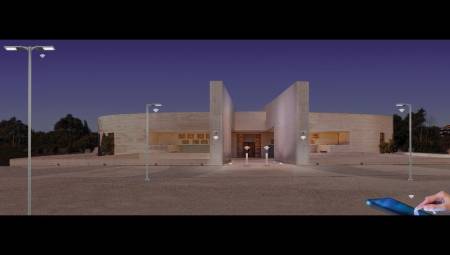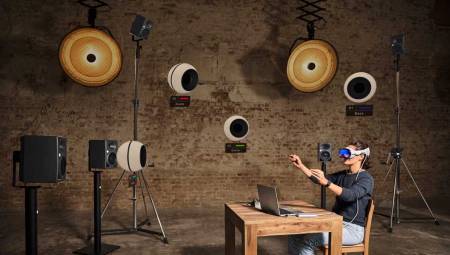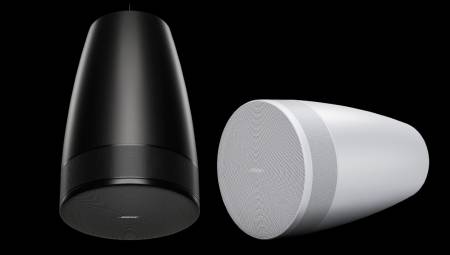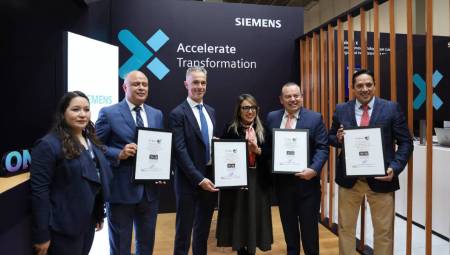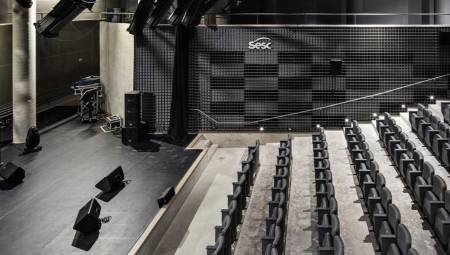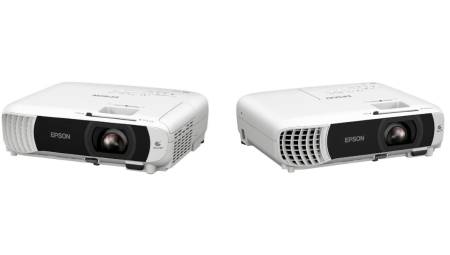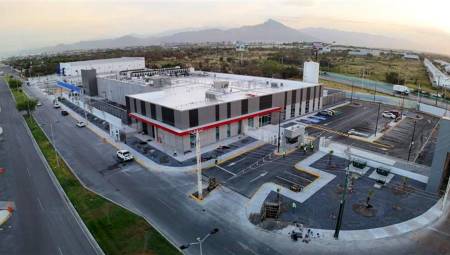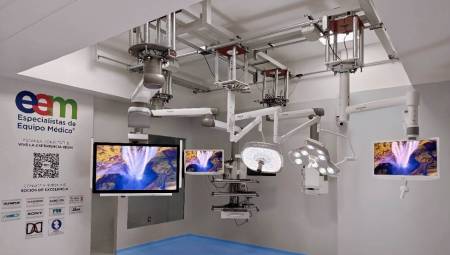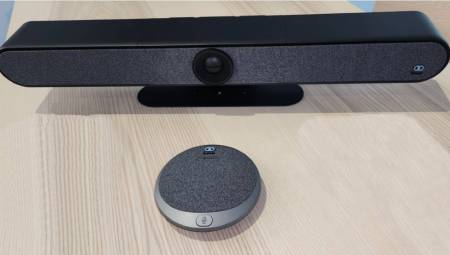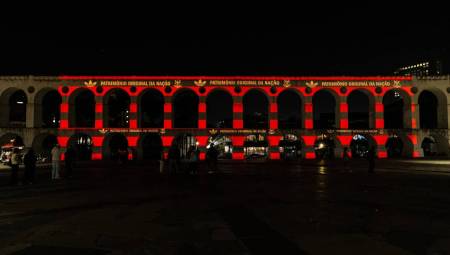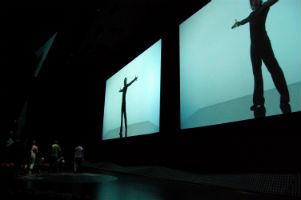 According to companies importing projection screens from Latin America, china being the main market is due to an issue of equipment costs that are below those produced in the United States. The quality of the Chinese has improved in recent years.
According to companies importing projection screens from Latin America, china being the main market is due to an issue of equipment costs that are below those produced in the United States. The quality of the Chinese has improved in recent years.
By Richard Santa S.
Although in the American continent we have a technology producing country such as the United States, almost 90% of imports of projection screens for commercial buildings in Latin American countries come from Asia.
According to Datamyne data on imports of projection screens from the region during 2009 and 2010, China has 80%, in some cases it reaches 90% of this market and with a tendency to continue growing.
And this is a market that is increasingly concentrated in Asian countries, which are so characterized by their technological development. This is shown by the analysis of imports from Mexico, Chile, Argentina, Colombia and Brazil, which increasingly reduce the number of countries from where they buy the screens.
China is the most relevant player among Asians. An example of this is Mexico, which during 2010 imported 93.94% of its projection screens from that country, which were equivalent to 173,881 units worth US $ 63,015,320.
This represents a growth in units of 33% and payment by 34.16% compared to 2009, when it imported 130,737 units from China.
The second country from which Mexico imports, with a much lower percentage, is Japan. Last year there were 6,026 units, which were equivalent to 3.26% of the market, which represents a decrease compared to 2009 when they were 7,900 units and with a market share of 5.46%.
Despite the decrease in units, in money there was an increase, it went from US $ 11,098,005 in 2009 to US $ 12,975,816 in 2010.
The third country is the United States, which sold Mexico 2,065 screens in 2010, with a market share of 1.12%. Compared to 2009 it had a decrease, since that year there were 3,246 units with a participation of 2.23%.
The other two countries that follow are Taiwan and Korea, which do not have 1% of the market share.
The situation is repeating itself
The case of Mexico is similar to the rest of the countries analyzed. Brazilian imports from China rebounded by 147.98% in the number of units and 128.85% in value last year compared to 2009.
In 2010 there were 148,908 screens, equivalent to 96.01% of the total market, with a cost of US $ 55,020,179, while in 2009 they were 60,049 units for US $ 24,042,484.
The second country that sells screens to Brazil is the United States. This market showed a decrease of 39.94% in units, although it increased by 30.06% the payment between 2009 and 2010.
In total, in 2009 there were 4,241 units with a market share of 6.28% and a payment of US$5,191,933. By 2010 units fell to 2,547, with a market share of 1.64 and a payout of $6,752,648.
The third place where the screens come to Brazil is Taiwan. Between 2009 and 2010 it had a growth in units of 5.44% and a decrease in payment of 17.42%.
The same happens with Chile, which last year obtained 83.01% of the total imports of the Asian giant with 51,608 units, for which it paid US $ 16,951,849.60. This represents a 12% growth in units and a 10% increase in money compared to 2009, when 45,797 units were imported, and US$15,349,479.25 paid.
The United States is the second country. In 2009 there were 2,227 units, with a market share of 4.08% for a total canceled of US$988,183.87. For 2010 its participation had an increase of 159.32% in units and 158.86% in payment, because there were 5,775 units, which were equivalent to 9.29% of the market, for a value of US $ 2,558,037.83.
Costs set trends
For Nate LaMar, Draper's director for Latin America, China's leadership in the region's display market "is simply a matter of price. Projection screen manufacturers in the United States and Latin America cannot compete with labor costs in China."
He added that only NAFTA FTA partners, such as Mexico and Chile, have tax-reduced benefits, which facilitates the market between them.
"Currently, two factors affect the sale of projection screens from the United States to Latin America: the first is the war on drugs in Mexico and second is Brazilian protectionism."
He explained that during the time before the presidential term of Luiz Inácio Lula da Silva (2005 - 2010), Brazil was one of the most important markets for his company. "But today is not the case. The Brazilian tax system has created Miami's gray market and Paraguay's black market."
On the quality of Asian projection screens, says Nate LaMar that has improved in recent years, although the designs do not have much innovation.
Data on total imports of projection screens in the five countries of the analysis show a growing market. Between 2009 and 2010 in Mexico it grew by 21.76% in units, Brazil by 56.44%, Chile by 12.21%, Argentina by 27.60%, and Colombia by 35.26%. See more information in the Table (Only on the form).
The growth of the projection screen market is recognized by the Draper company, because its sales grew by 250% in Colombia, 200% in Brazil, and 50% in Chile during that period.
Box
Colombia and Argentina
The market for projection screens in Colombia and Argentina, although smaller than that of Mexico, Brazil and Chile, also has an upward trend and to supply the Asian market.
Argentina imported 98.01% of its screens from China during 2010, which is equivalent to 24,636 units and a payment of US $ 10,542,596.84. This represents a growth in units of $40.96% compared to 2009, when 17,477 screens.
The second country from which Argentina imports is Korea. In 2009 there were 304 units for US$157,989.01 and for 2010 there was a decrease of 95.72%, because they only imported 13 units for US$12,278.71. The third country is Japan, a destination that also suffered a fall in this market that reached 65%.
In Colombia, the projection screen market with China went from 12,547 units in 2009, which had a value of US$5,697,095.53 and a market share of 78.66%, to 20,736 units, with a share in the total of 84.16% and a growth of 65.27%.
The second country is Japan, which presented a decrease in units of 43.02% between the two years of the analysis, followed by the United States, which went from 934 screens in 2009 to 1,277 in 2010 and with a growth of 36.72%.














